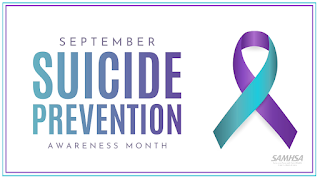Children's Self Esteem
Children's Self-Esteem
by Ann Vernon and Ginger Calhoun
Since it first emerged into the psychological spotlight, the term "self-esteem" and its importance to one's mental health may seem to be over-used, and possibly misunderstood. It almost goes without saying that everyone needs positive self-esteem, but what is it actually? How is it created and would you recognize it if you saw it?
Self-esteem is essentially self-evaluation and self-judgment. Nathaniel Branden, one of the foremost psychologists writing in this field, has identified two basic components. The first is having an innate confidence in the ability to face whatever comes one's way. Secondly, inherent in one's self-esteem is self-respect and having the assurance that one's personhood has value and that one is worthy of happiness.
Self-esteem is developmental, and there are many who influence its growth in children. Parents, teachers, relatives, siblings, and peers all add to or take away from the self-judgments that children begin to make about themselves. For example, when a parent finds a room full of scattered toys, she might respond in many ways. "How messy you are!" is a nonspecific statement that makes a negative value judgment about the child. It doesn't describe a specific behavior. Conversely, if the parent says, "When the toys are scattered across the floor, I feel frustrated... I want your toys to be in one spot where you can find them," her statement is not attacking or judging the child, but rather giving feedback on behavior. To quote Branden, "No one was ever made good by being informed he or she was bad."
Almost by default, parents and teachers are in ideal positions to positively contribute to a child's self-esteem on a daily basis. They can convey their confidence in a child's ability to accomplish goals. In particular, teachers who have high expectations for their students can help them develop a "can-do," problem-solving approach to academics. When teachers refuse to accept negative self assessments and statements about what is "too hard" to do from a student, they demonstrate respect for the child and communicate that the child is capable. By challenging negative self-statements and by helping to break down the difficult into understandable and "do-able" pieces, teachers are providing a powerful message of regard. As well, they highlight a child's strengths, as opposed to focusing on deficits.
What does positive self-esteem look like? One of the best examples might be seen in children who have resilience. This is the ability to adapt to and accommodate all life experiences, particularly threats or challenges. When children develop confidence in their self-worth and ability to cope, they can face adversity and not be overwhelmed. This is a valuable life-long attribute and a definite asset for good mental health.
Branden, N. (1994). The six pillars of self-esteem. New York: Bantam Books.




Comments
Post a Comment